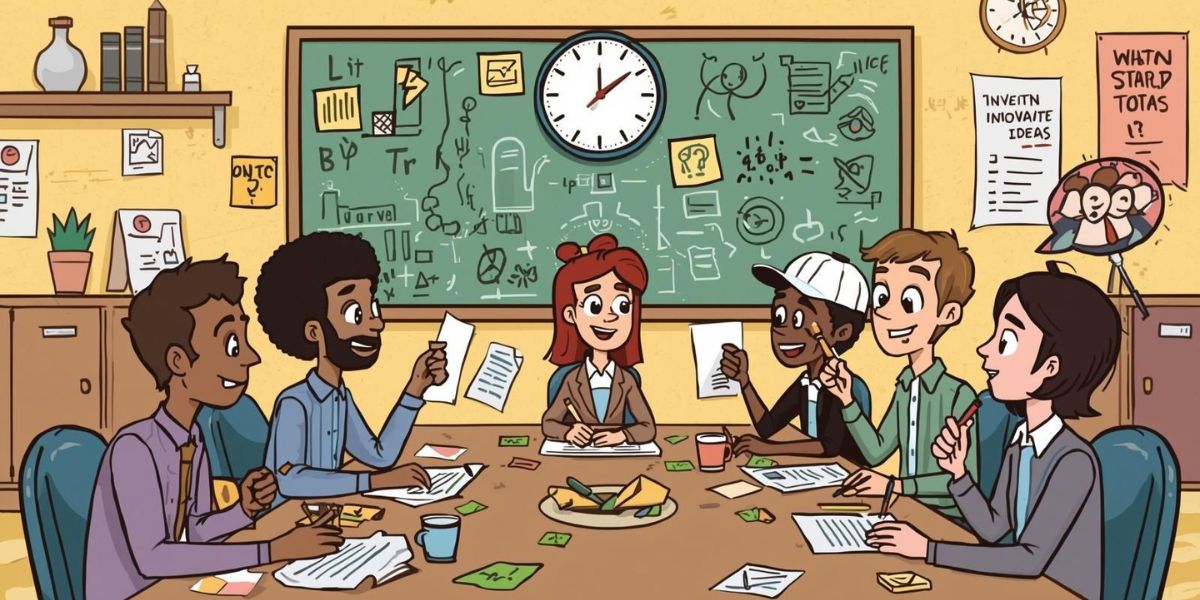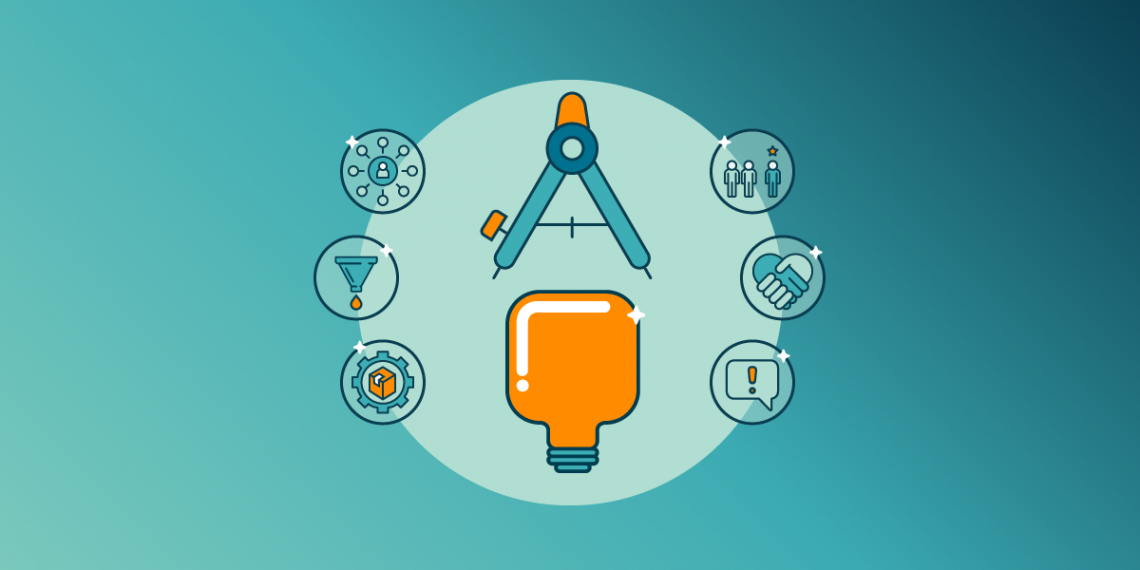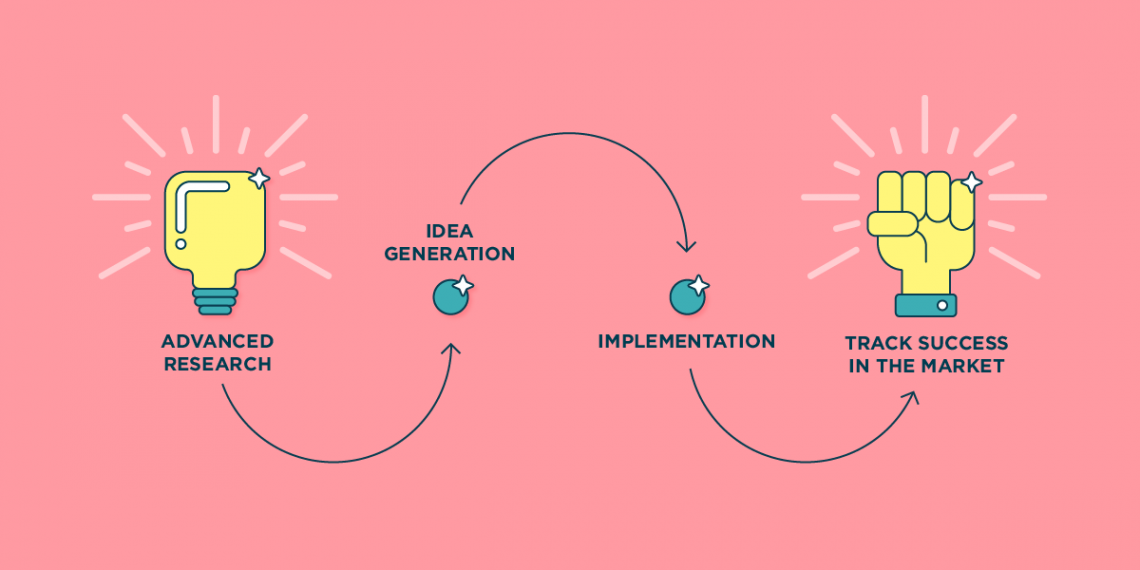Most teams claim they value innovation, until they’re asked to prove it under pressure. Give people unlimited time, budgets, and freedom, and they tend to overthink. Give them thirty minutes, a few random rules, and the challenge to invent something brilliant, and suddenly, the room lights up.
That’s the premise of the Innovation Olympics- a fast-paced, high-energy competition that turns creativity into a contact sport. It’s not about coding, budgets, or frameworks. It’s about rediscovering what happens when human imagination is pushed to its limits.
The Rules of the Game
Participants split into small teams; each handed two cards. One reveals a theme: sustainability, human connection, AI in everyday life. The other delivers a constraint: no screens allowed, must cost under €10, target users are over 70. These two cards are all they get, and they have thirty minutes to turn them into a market-ready concept.
There’s no time for spreadsheets or slide decks. Teams sketch, argue, and improvise. Ideas bounce around like pinballs: a biodegradable plant kit for hotel rooms, earbuds that read your mood, a cooling “reverse toaster” for picky kids. They scribble names, slogans, and mock-ups on sticky notes. Laughter fills the room- the kind of laughter that only comes when people stop worrying about being right.
When time runs out, the pitch begins. Each team has sixty seconds to sell their idea to a mock jury of “investors.” The prizes are tongue-in-cheek: Most Outrageous Pivot, Best Tagline, Most Likely to Actually Work- but the energy is real. Even the most reserved participants end up cheering for each other’s wildest ideas.
What It Teaches About Real Innovation
The Innovation Olympics distills innovation to its purest form: problem-solving under constraint. Without the comfort of endless options, people focus on what truly matters. Pressure forces clarity.
In those thirty minutes, participants experience the same conditions that drive real breakthroughs: uncertainty, collaboration, speed, and a little chaos. The exercise isn’t about the product- it’s about what happens to the people creating it.
Teams that normally communicate in formal stand-ups suddenly speak in sketches and gestures. Managers loosen up. The quiet analyst turns out to be the best storyteller in the room. Everyone realizes that innovation isn’t the exclusive domain of R&D labs, it can emerge from anyone willing to experiment, fail fast, and laugh about it.
Why It Works
There’s science behind the fun. Studies in creativity and cognitive psychology show that constraints (time limits, thematic rules, or even absurd restrictions) stimulate divergent thinking. When freedom feels infinite, the brain freezes; when framed by boundaries, it starts to play.
That playfulness is precisely what most corporate environments lack. The Innovation Olympics reintroduces it in a way that feels both energizing and practical. Companies that run these sessions often discover new cross-team collaborations, unexpected leadership potential, and a renewed sense of creative confidence.
It’s also a subtle reminder that innovation doesn’t always require a five-year plan or a multimillion-dollar incubator. Sometimes it starts with cardboard cards, a ticking clock, and a group of people willing to take a risk.
The Bigger Picture
In a world that celebrates efficiency, predictability, and productivity, the Innovation Olympics celebrates something rarer- spontaneity! It’s a rebellion against the over-structured innovation process, where every idea must fit a framework before it’s even spoken.
By compressing the process into a half-hour of creative chaos, the exercise exposes a truth that’s easy to forget in boardrooms: the best ideas are often born messy, fast, and a little ridiculous. But given time, and the right team, those ridiculous ideas can evolve into the next big thing.
So the next time your team feels stuck in another strategy session, ditch the PowerPoint. Grab a timer, make up some rules, and host your own Innovation Olympics. You might not build the next unicorn in thirty minutes, but you’ll rediscover the energy that makes innovation worth chasing in the first place.






